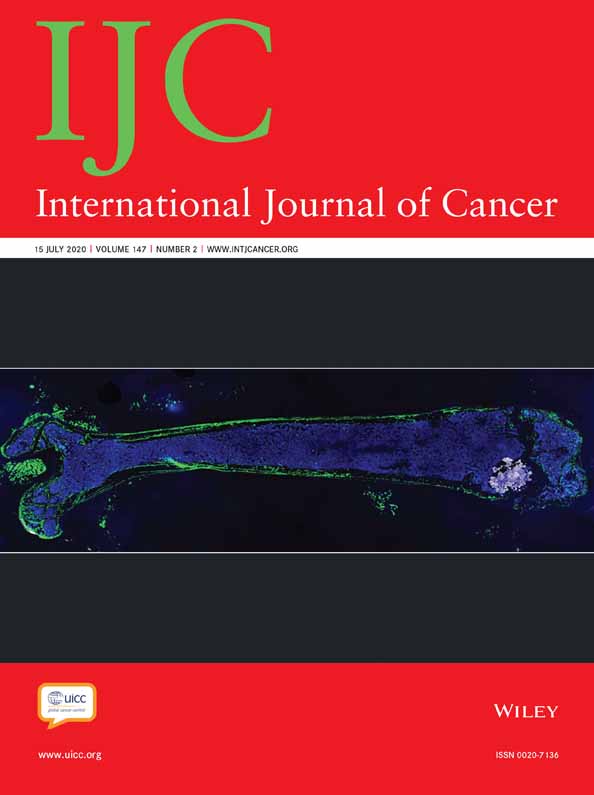Baseline findings and safety of infrequent vs. frequent screening of human papillomavirus vaccinated women
Abstract
Less frequent cervical cancer screening in human papillomavirus (HPV) vaccinated birth cohorts could produce considerable savings without increasing cervical cancer incidence and loss of life-years. We report here the baseline findings and interim results of safety and accuracy of infrequent screening among HPV16/18 vaccinated females. The entire 1992–1994 birth-cohorts (30,139 females) were invited to a community-randomized HPV16/18-vaccination trial. A total of 9,482 female trial participants received HPV16/18-vaccination in 2007–2009 at age of 13–15. At age 22, 4,273 (45%) of these females consented to attend a randomized trial on frequent (ages 22/25/28; Arm 1: 2,073 females) vs. infrequent screening (age 28; Arm 2: 2,200 females) in 2014–2017. Females (1,329), who had got HPV16/18 vaccination at age 18 comprised the safety Arm 3. Baseline prevalence and incidence of HPV16/18 and other high-risk HPV types were: 0.5% (53/1,000 follow-up years, 104) and 25% (2,530/104) in the frequently screened Arm 1; 0.2% (23/104) and 24% (2,413/104) in the infrequently screened Arm 2; and 3.1% (304/104) and 23% (2,284/104) in the safety Arm 3. Corresponding prevalence of HSIL/ASC-H and of any abnormal cytological findings were: 0.3 and 4.2% (Arm 1), 0.4 and 5.3% (Arm 2) and 0.3 and 4.7% (Arm 3). Equally rare HSIL/CIN3 findings in the infrequently screened safety Arm A3 (0.4%) and in the frequently screened Arm 1 (0.4%) indicate no safety concerns on infrequent screening despite the up to 10 times higher HPV16/18 baseline prevalence and incidence in the former.
Abstract
What's new?
As the first generation of girls vaccinated against HPV reach adulthood, it's time to re-evaluate screening recommendations. Reducing the frequency of screenings could save money without increasing cervical cancer incidence. Here, the authors collected baseline data on the safety of less frequent cervical cancer screenings. They conducted a randomized trial of Finnish women born in 1992-1994 and vaccinated against HPV16/18, in which participants are screened either once or three times by age 28. At baseline and the first safety interim analyses they found no difference in the incidence of HSIL/CIN3 lesions between the two groups, suggesting that infrequent screening for HPV-vaccinated women does not compromise safety.
Open Research
Data availability
After completion of the trial in 2025, anonymous data is available with the principal investigator at FICAN-Mid.




